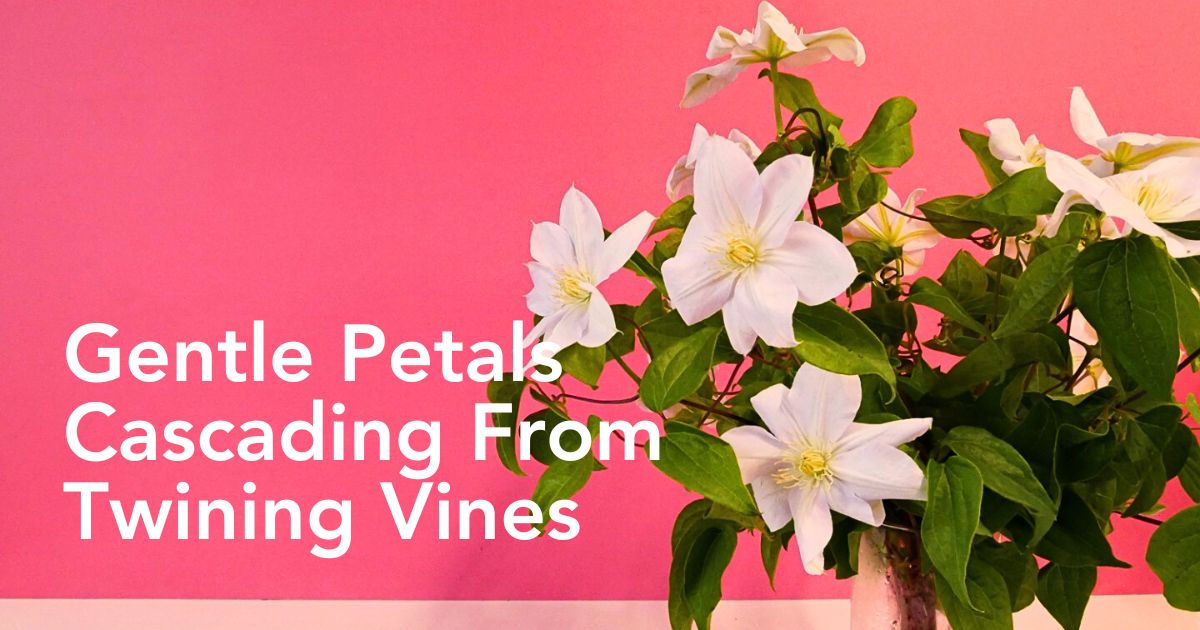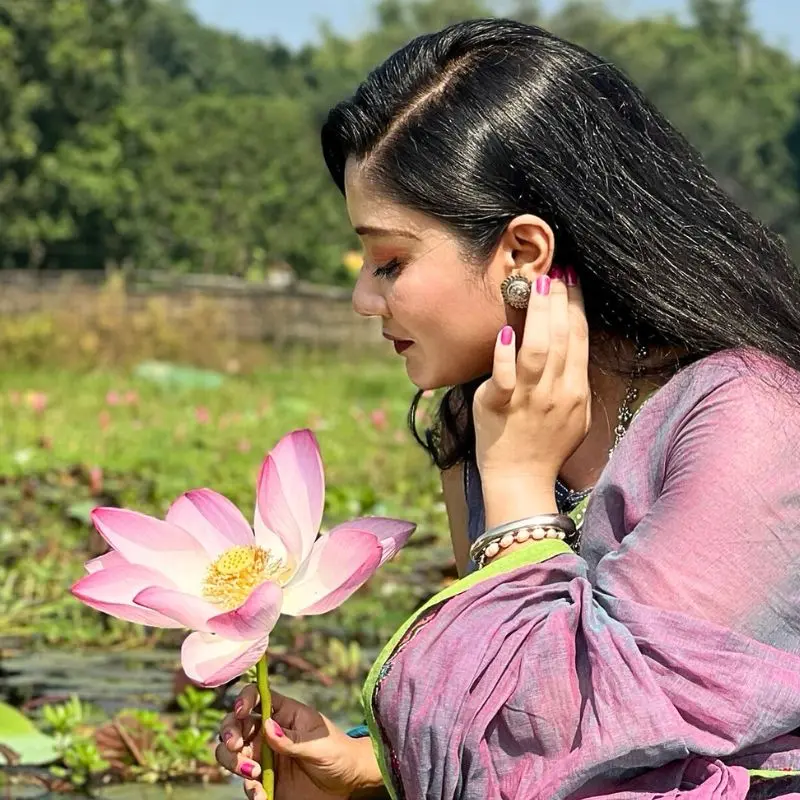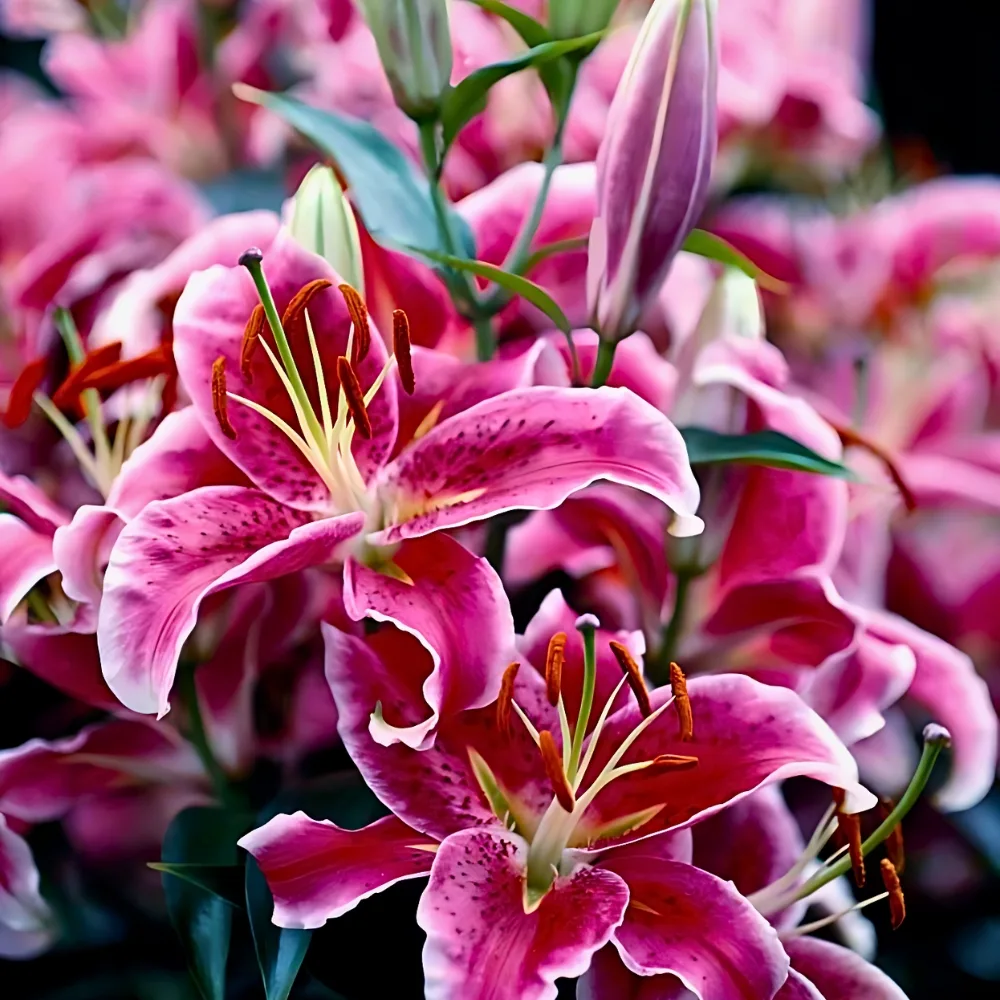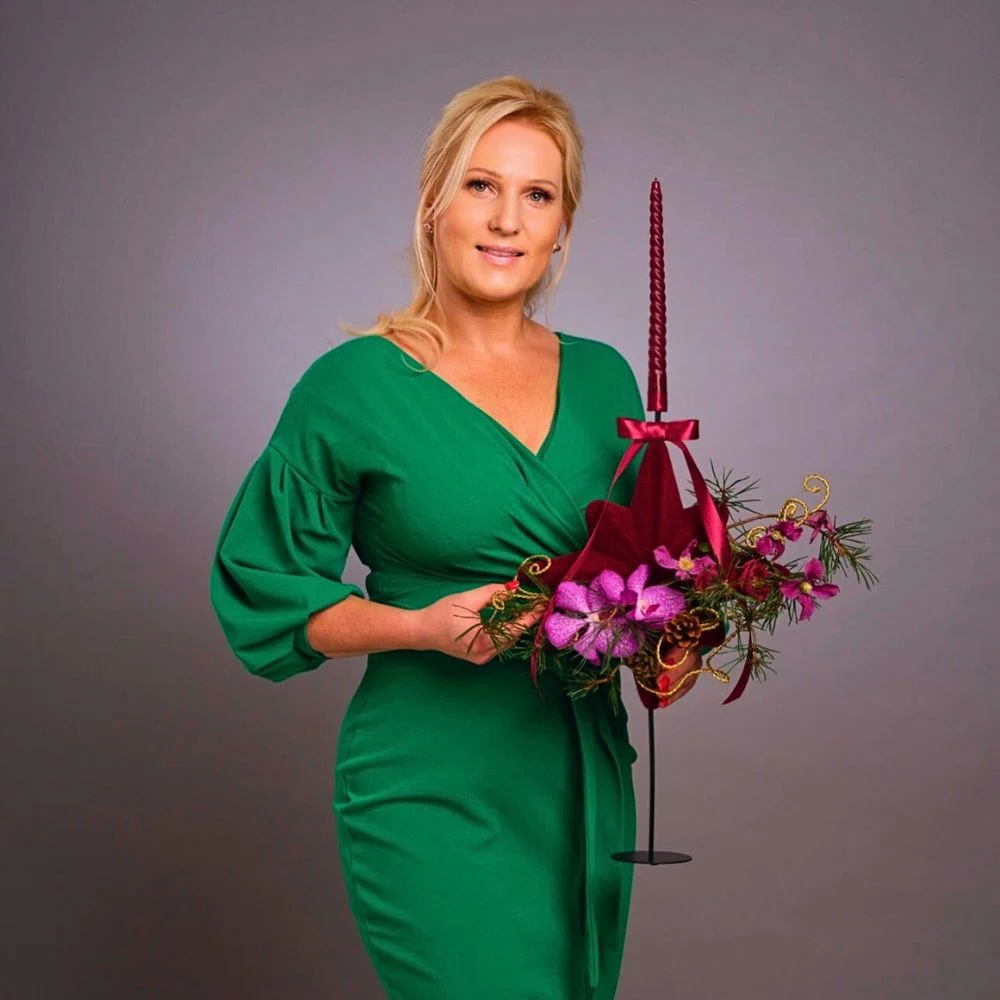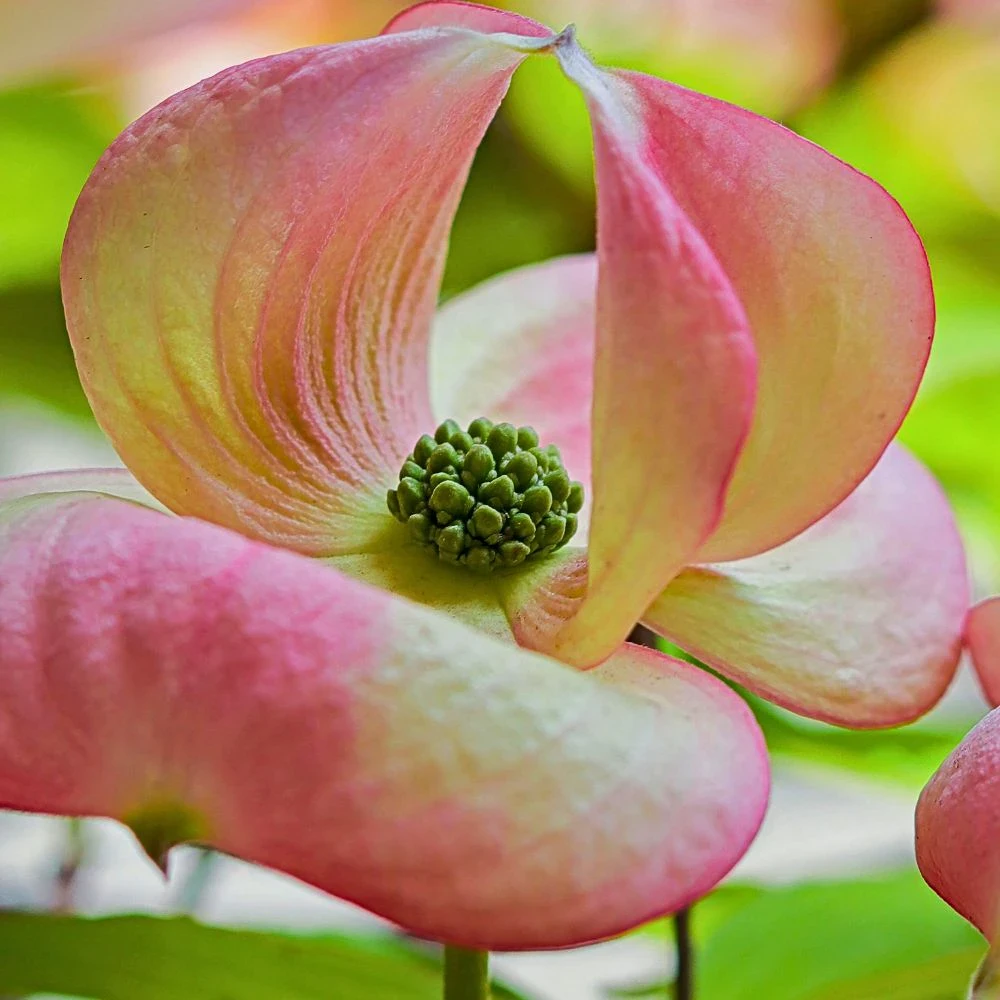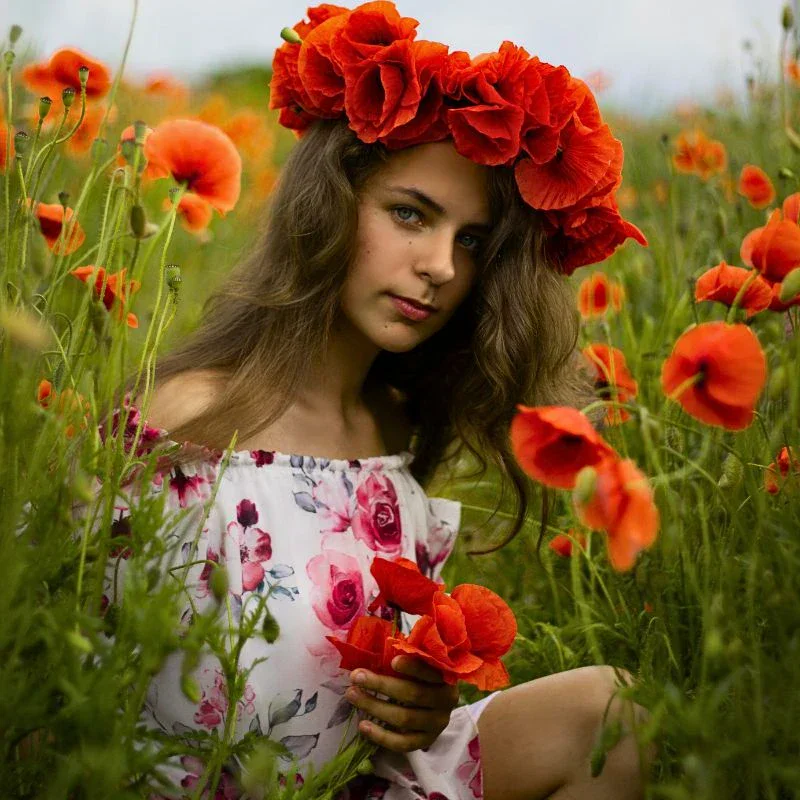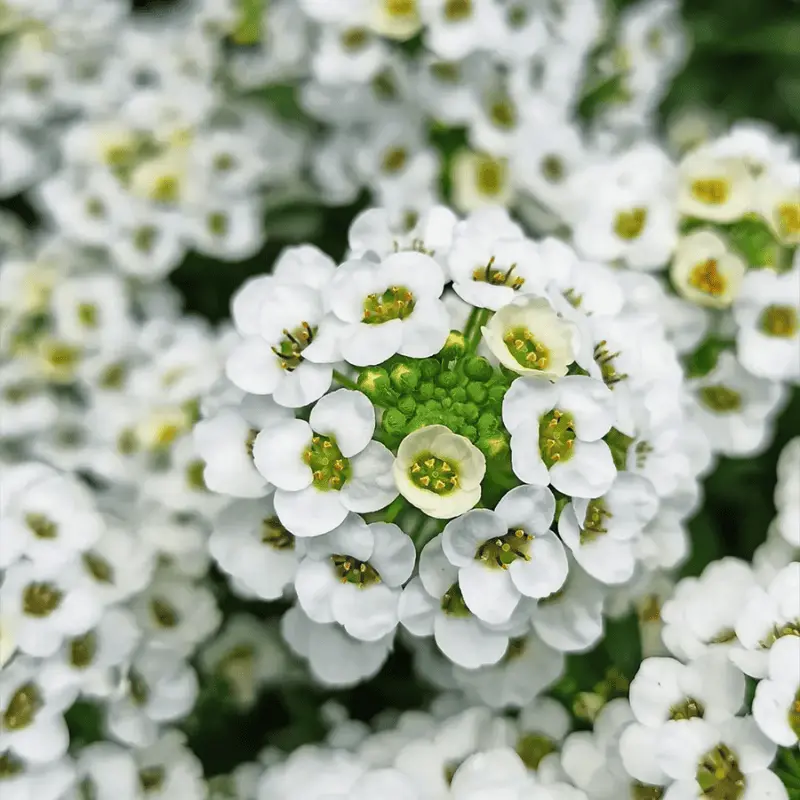There are hundreds of thousands of flowering plant species—and virtually countless varieties, cultivars, and hybrids—in existence. Yet, not many are as enchanting with such ethereal grace as the Clematis. Known to some as the Queen of Climbers, this flower practically personifies nature's chef-d'oeuvre. It features gentle petals cascading from twining vines that climb skywards. Bathed in hues ranging from the deepest violet to purest white, the dainty Clematis offers more than just ornamental beauty. It embodies deeper meanings that have, across centuries and civilizations, been expressed through floral art and gardening.
Far more than just an ordinary design element or a garden adornment, the Clematis flower is essentially a symbol, a chromatic sonnet that keeps charming florists, floral designers, gardeners, and even poets. From its labyrinthine vines to its flowers, its every facet—star-shaped flowers that always seem to dance in gentle breezes—tells of a world where beauty, symbolism, and meaning seem to entwine just like the very vines from which these flowers emerge. Metaphorically exploring their world, therefore, gives in-depth insights into what the Clematis flower's meaning is all about.
The Richly Diverse World of Clematis Flowers
A member of the buttercup (Ranunculaceae) family, the Clematis species comprises more than 300 species and hundreds of cultivated hybrids, each contributing unique characteristics to this flower’s diverse botanical variety. Its name, derived from the Greek ‘klema’ (meaning ‘vine branch’), hints at its climbing prowess.
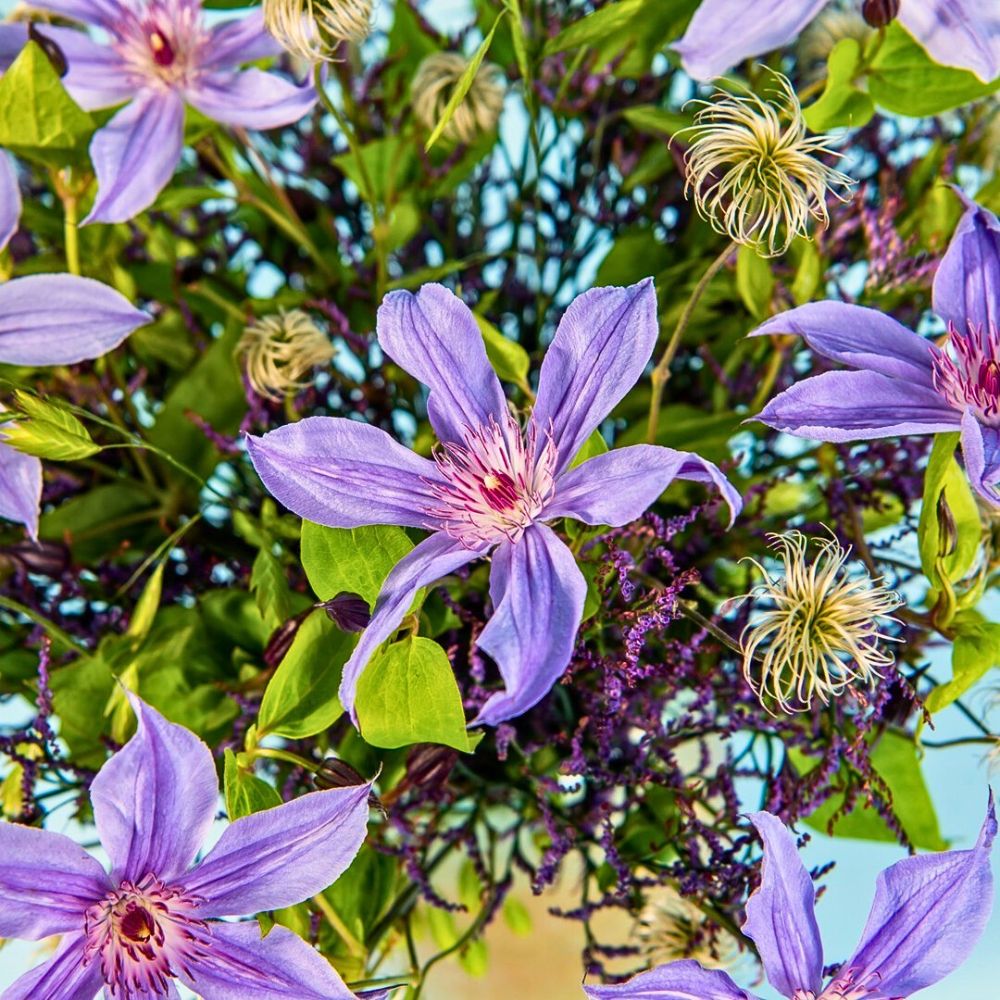
From the dramatic large-flowered varieties with their show-stopping blooms to the more delicate small-flowered varieties that compensate with copious flowering and even delightful fragrance, these deciduous or evergreen perennials are renowned for their star-shaped flowers, which range from delicate saucer shapes to flamboyant, ruffled coronas.
Thriving in temperate zones, Clematis vines often scale trellises, arbors, and walls with an almost sentient abandon, their flowers oscillating between demure pastels and audacious jewel tones. Botanically, Clematis is a study in contrasts: its roots crave shade and moisture, while its flowers demand sunlight to unfurl their exquisiteness; a duality—earthbound roots and skyward flowers—that mirrors the Clematis’ symbolic resonance of balancing groundedness and ambition.
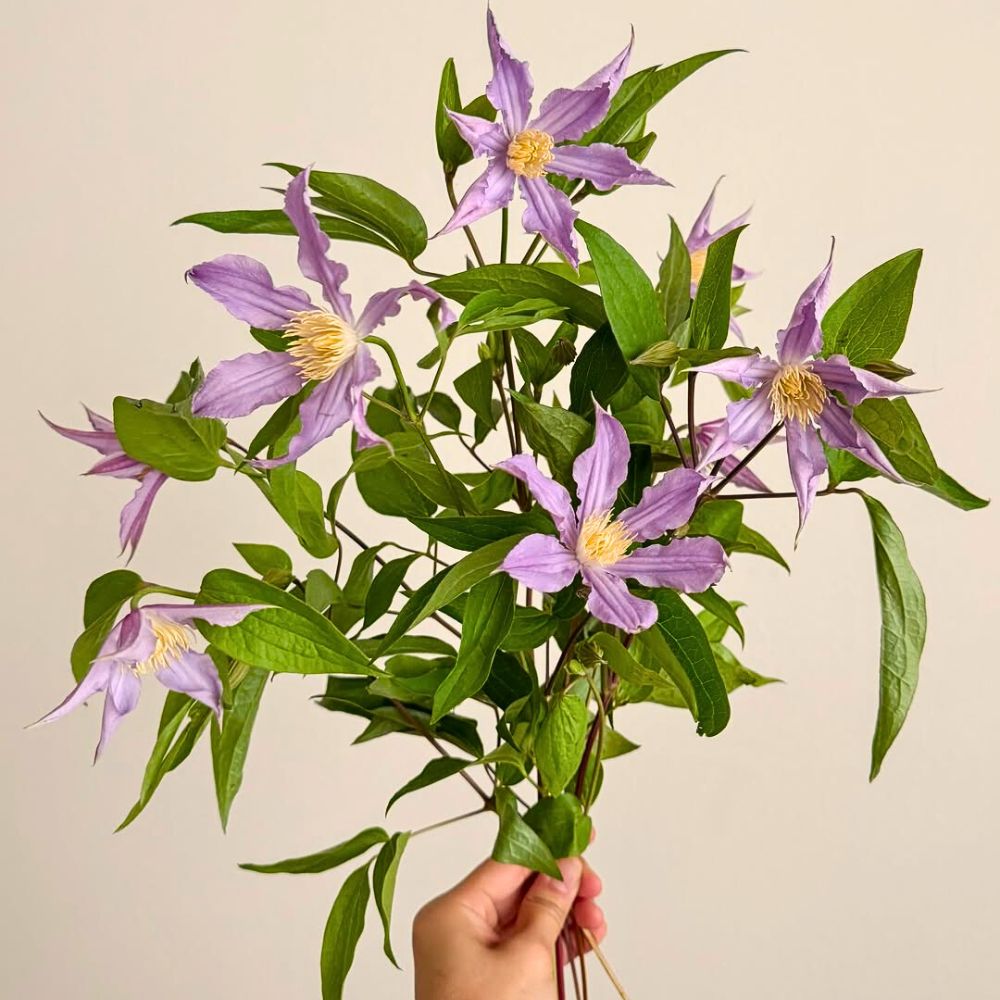
Horticulturists have categorized Clematis into distinct groups based on their flowering patterns, growth habits, and physical characteristics. The large-flowered varieties, with their lace-like root systems and spectacular, though rarely scented blooms, create a dramatic visual impact in any garden setting. These glorious specimens are further divided into early and late blooming types, allowing gardeners to plan for continuous Clematis displays throughout the growing season.
In contrast, small-flowered Clematis varieties feature fibrous root systems and produce a profusion of more modest but equally charming blossoms, often carrying delightful fragrances that their showier counterparts lack. These hardy plants rarely suffer from Clematis wilt and are therefore excellent choices for gardeners seeking lower-maintenance options without sacrificing beauty.
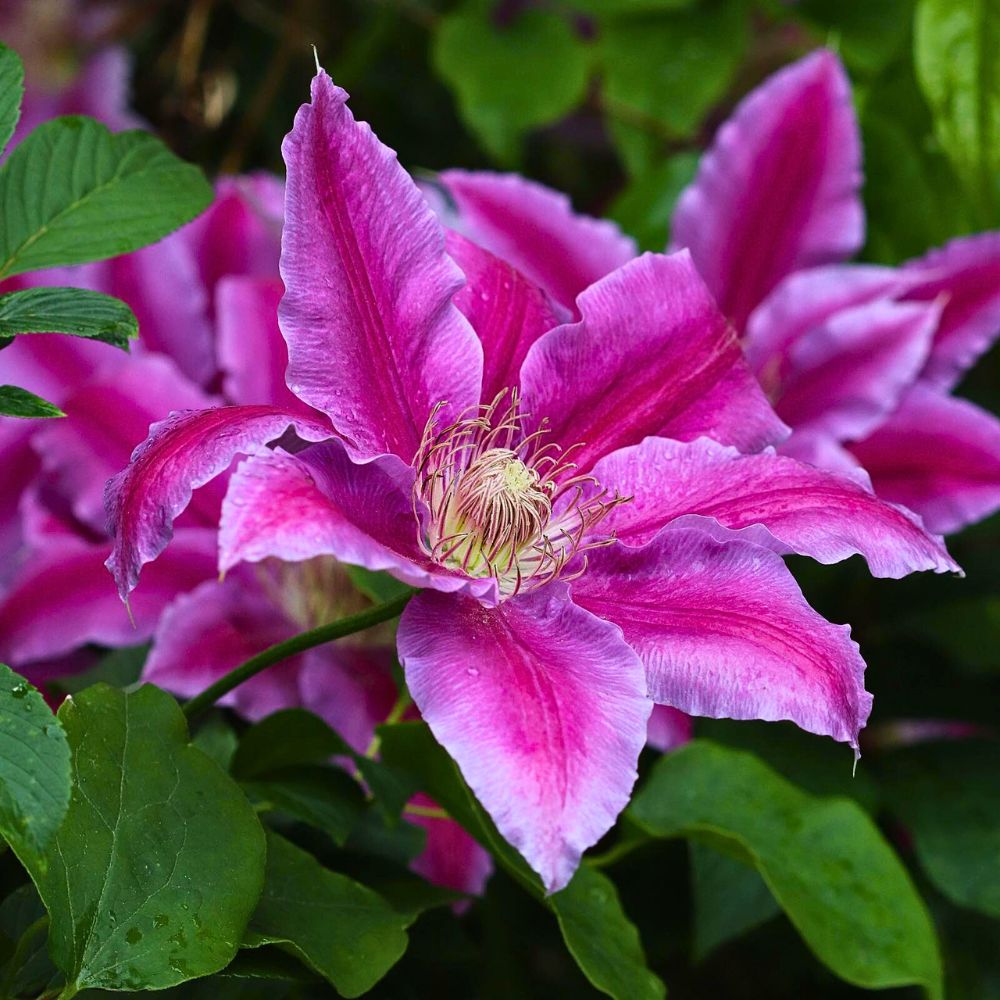
Among the most beloved Clematis groups are the Evergreen Clematis, with their year-round foliage; Clematis alpina, perfect for cooler climates; Montana Clematis, known for vigorous growth; and Clematis viticella, prized for reliability and profuse flowering. Each group offers unique characteristics that add to their rich diversity.
Understanding the Enchanting Clematis Flower’s Meaning
Clematis flower meaning runs just as deep as its climbing vines reach high. These beautiful flowers symbolize ingenuity, cleverness, and mental beauty. They are a perfect emblem for those who value intellectual pursuits and creative thinking. The very essence of the Clematis flower also personifies the concept of spiritual growth and enlightenment, representing humanity's everlasting search for higher knowledge and understanding.
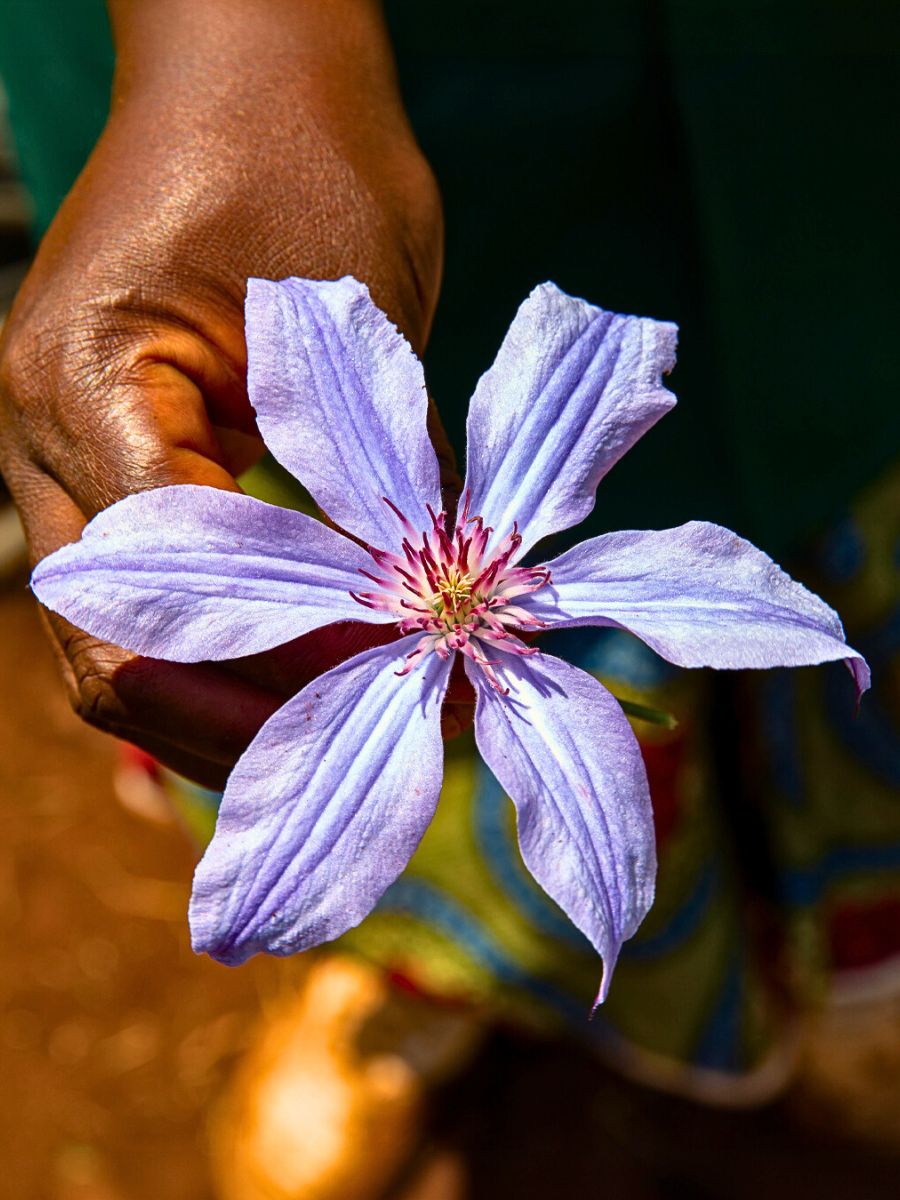
In the language of flowers, Clematis is a symbol of the continuous evolution of the soul. It is a cue to human development as it follows similar patterns of growth, rest, and renewed flourishing. Furthermore, the Clematis flower meaning embraces deep emotional connections, representing love and staunch piety. The way clematis vines attach themselves to supporting structures parallels the emotional attachments that people form with those they love most. When gifted to another, Clematis flowers therefore express not just affection but a resolute commitment.
The Meaning of Clematis Flowers in Different Cultures
Throughout history, the symbolic meaning of Clematis flowers has evolved across diverse cultural backdrops. The name itself, as noted, derives from a Greek word meaning vining branch, reflecting the ancient Greeks’ recognition of this plant's climbing nature. In various Eastern traditions, the upward growth of Clematis symbolizes spiritual ascent and a journey towards enlightenment.
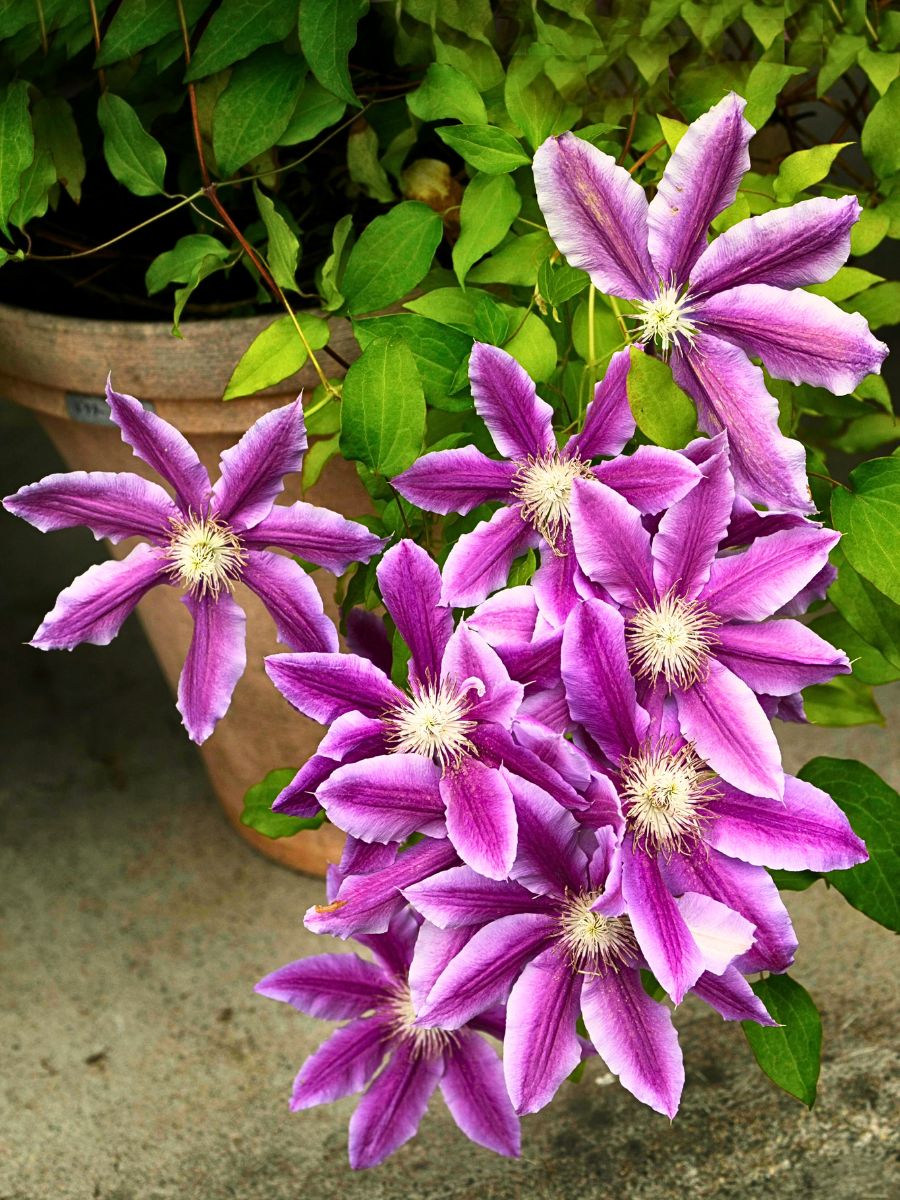
Victorian flower enthusiasts incorporated Clematis into their elaborate language of flowers, where these flowers represented mental beauty and artistic talent. Recipients of Clematis in bouquets understood they were being acknowledged for their intellectual gifts and creative capabilities. Even today, this association with mental acuity persists in contemporary interpretations of Clematis flower meaning.
In some folklore, Clematis carries associations with protection and safe travels. The plant's ability to create natural screens and covers symbolically transferred to its perceived ability to shield individuals from harm and guide them safely along a journey; a protective quality that makes it a considerate gift for those embarking on new adventures or significant life transitions.
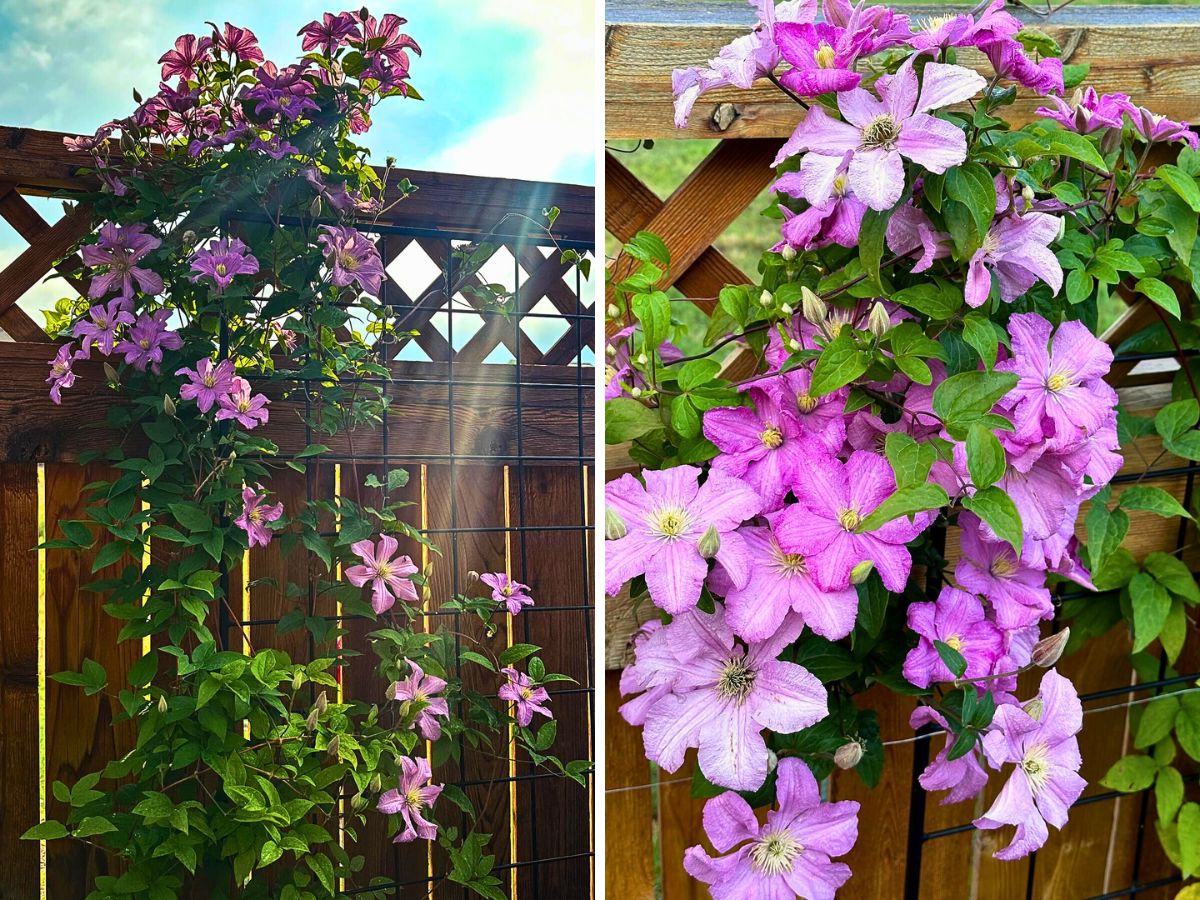
What Is the Meaning of the Clematis Flower in Floral Language?
When one thinks of the meaning of the Clematis flower in the nuanced language of flowers and floristry, they discover a lexicon rich in expressive and divine significance. In this botanical dialect, Clematis speaks eloquently of ingenuity and mental beauty. It is, therefore, the perfect flower for celebrating intellectual achievements or creative milestones.
Aside from that, Clematis in floral arrangements conveys messages of devotion and firm attachment. Much like its vines that persistently climb and secure themselves to supporting structures, these flowers are thought to communicate commitment and loyalty. When included in romantic bouquets, they, therefore, enhance the arrangement with promises of devotion besides the more common affirmations of passionate love expressed through traditional flowers like roses.
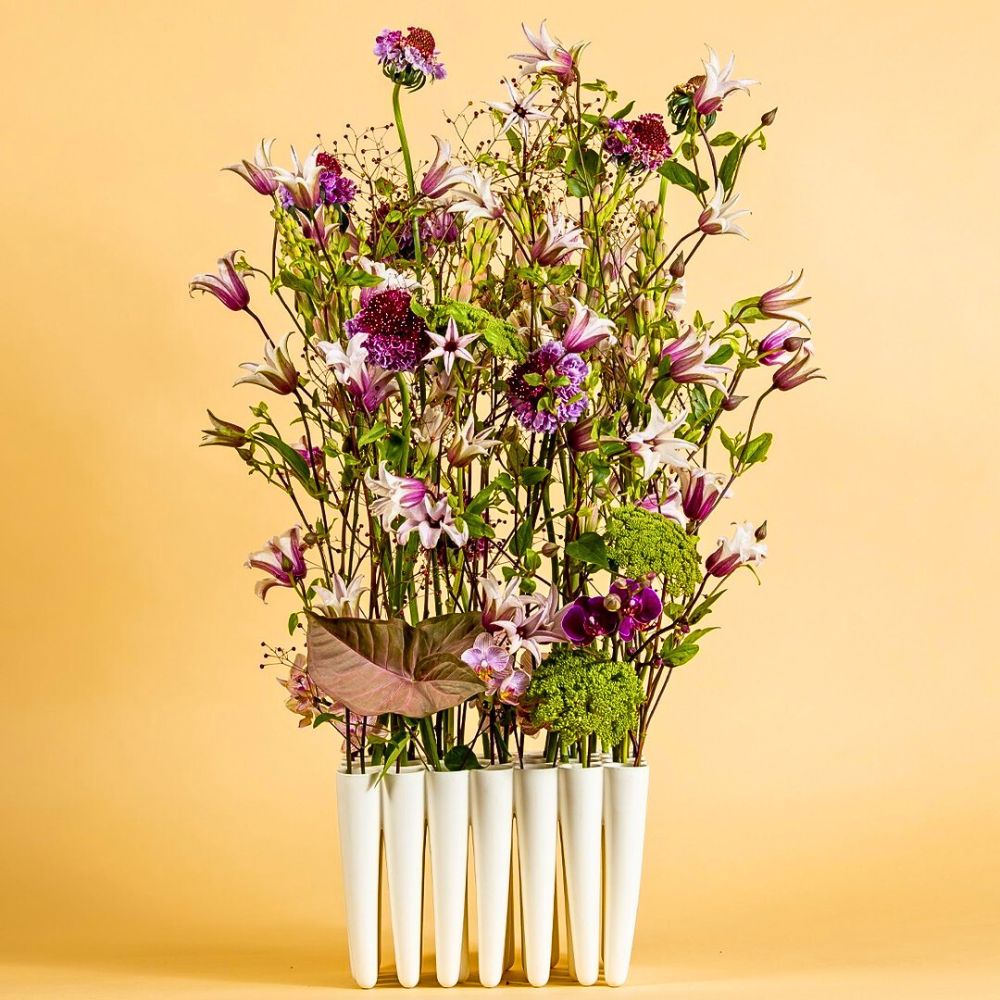
Likewise, florists particularly value the Clematis for its ability to express complex emotional messages. The star-shaped flowers could represent clarity of thought and purpose, while their climbing growth pattern symbolizes aspiration and a quest for lofty goals. In sympathy arrangements, the Clematis flower can represent spiritual transcendence, which offers comfort through its associations with continued growth and transformation.
The Allure of Blue Clematis Flowers
Among the spectrum of Clematis colors available to gardeners and for designs, blue Clematis flower varieties hold a particular mystique appeal. These celestial-hued flowers often create a sense of serenity and expansiveness when grown in garden spaces, mirroring the infinite blue of midsummer skies. Blue color in flowers represents tranquility, peace, and openness, qualities that enhance the already rich symbolic nature of the Clematis. Blue Clematis flower cultivars range from soft, misty periwinkle shades to deep, dramatic indigo and violet tones.
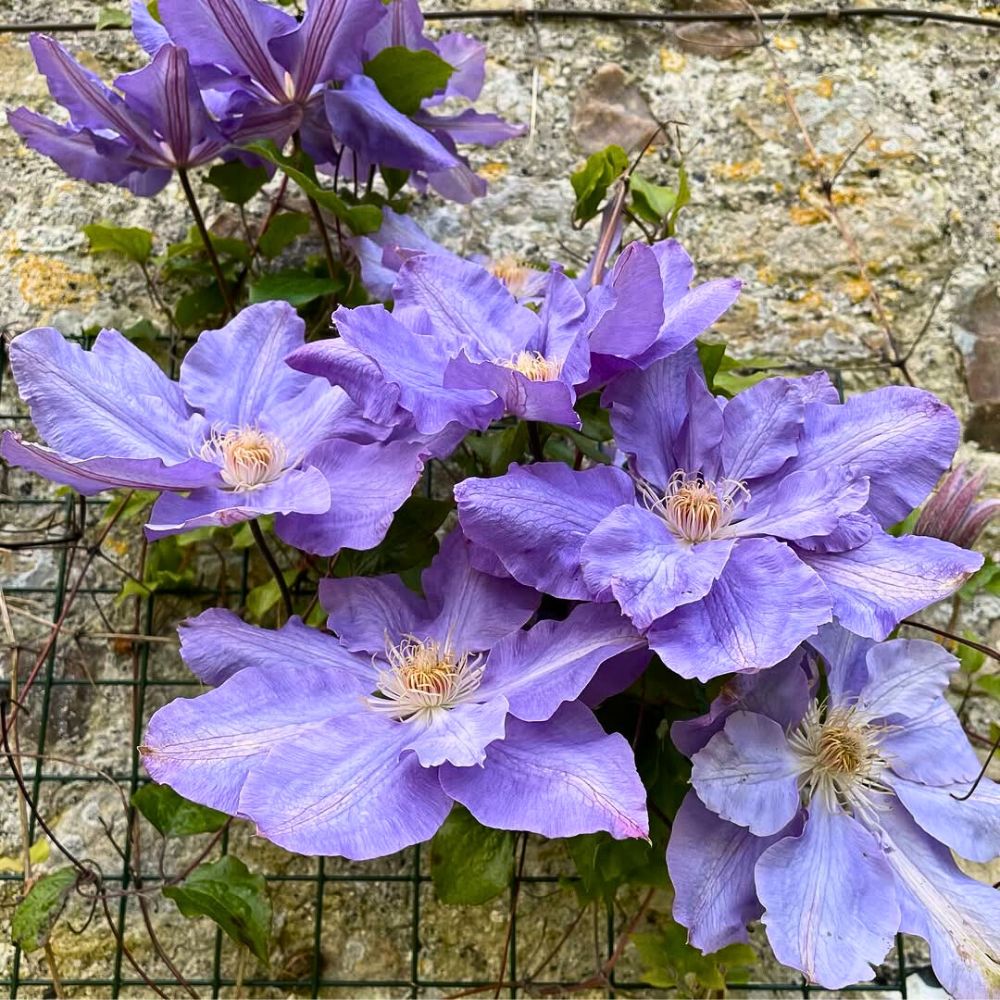
The relative rarity of true blue in the floral world enhances the special status of blue flowers, more so in Clematis varieties. While many flowers advertised as ‘blue’ actually lean toward purple tones, certain Clematis cultivars achieve a remarkable clarity of blue that fascinates those seeking this elusive flower color. When combined with complementary shades like soft yellows or contrasting oranges in a garden palette, blue Clematis creates outstanding visual compositions that draw the eye while still yet, soothing the mind.
Growing Clematis Flowers
Growing Clematis flowers rewards one with not just spectacular blooms for their floral arrangements and designs, but also a makeover of ordinary spaces. These versatile climbing plants thrive in various growing conditions, adapting to different climates and environments with admirable resilience. Success with Clematis begins with understanding their fundamental needs and providing the right conditions for growth and abundant flowering.
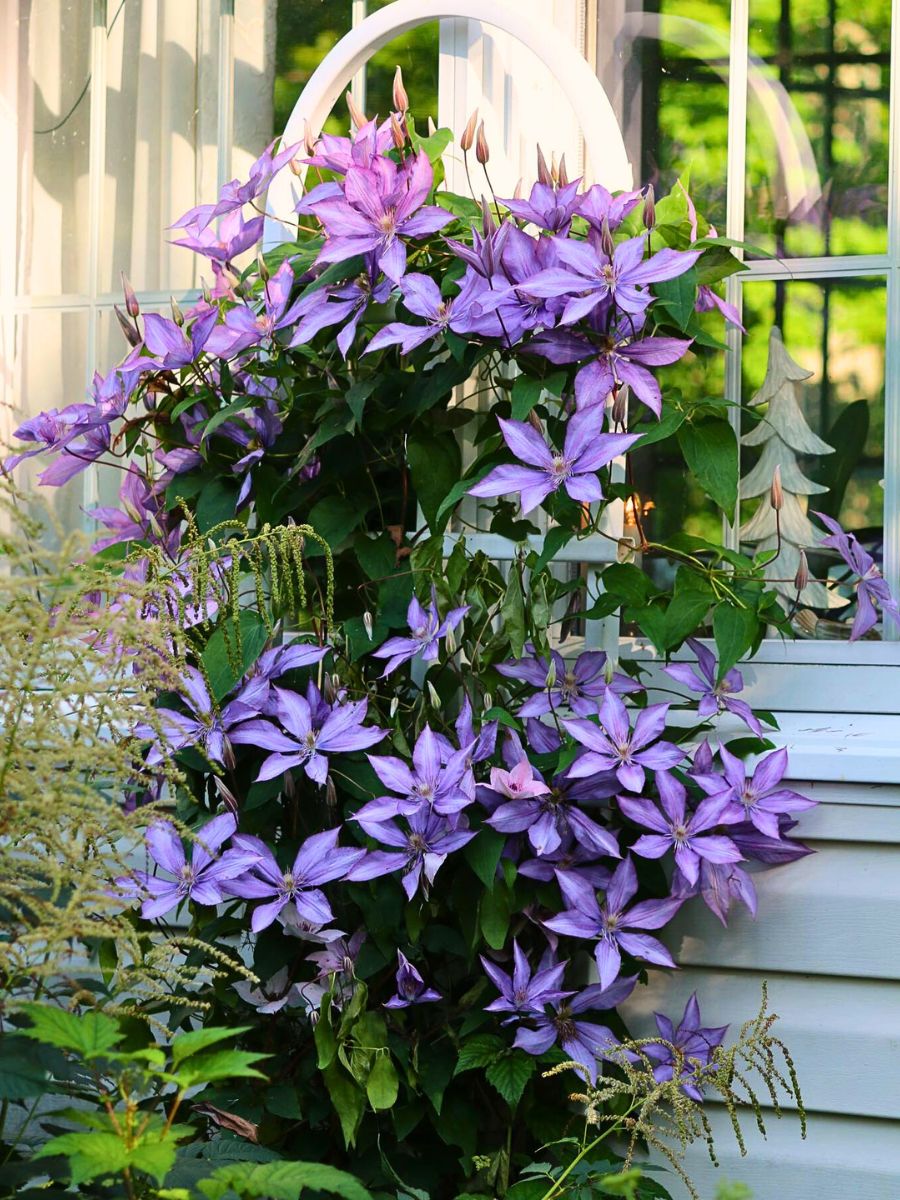
Clematis plants perform best in deep, fertile, moist but well-drained soil. For gardens with heavy clay or sandy soil compositions, incorporating organic matter such as leaf mold or well-rotted manure before planting significantly improves soil structure and creates the ideal growing medium for these flowering vines. While adaptable to various soil types, Clematis particularly appreciates neutral to slightly alkaline conditions.
A key consideration when growing these flowers involves their unique preference for ‘cool feet and sunny heads.’ This gardening maxim points to the fact that while Clematis flourishes in sunshine, its root systems require protection from excessive heat. Achieving this balance might involve positioning companion plants to shade the root zone, applying mulch to maintain soil moisture and temperature, or strategically placing decorative stones around the base of the plant.
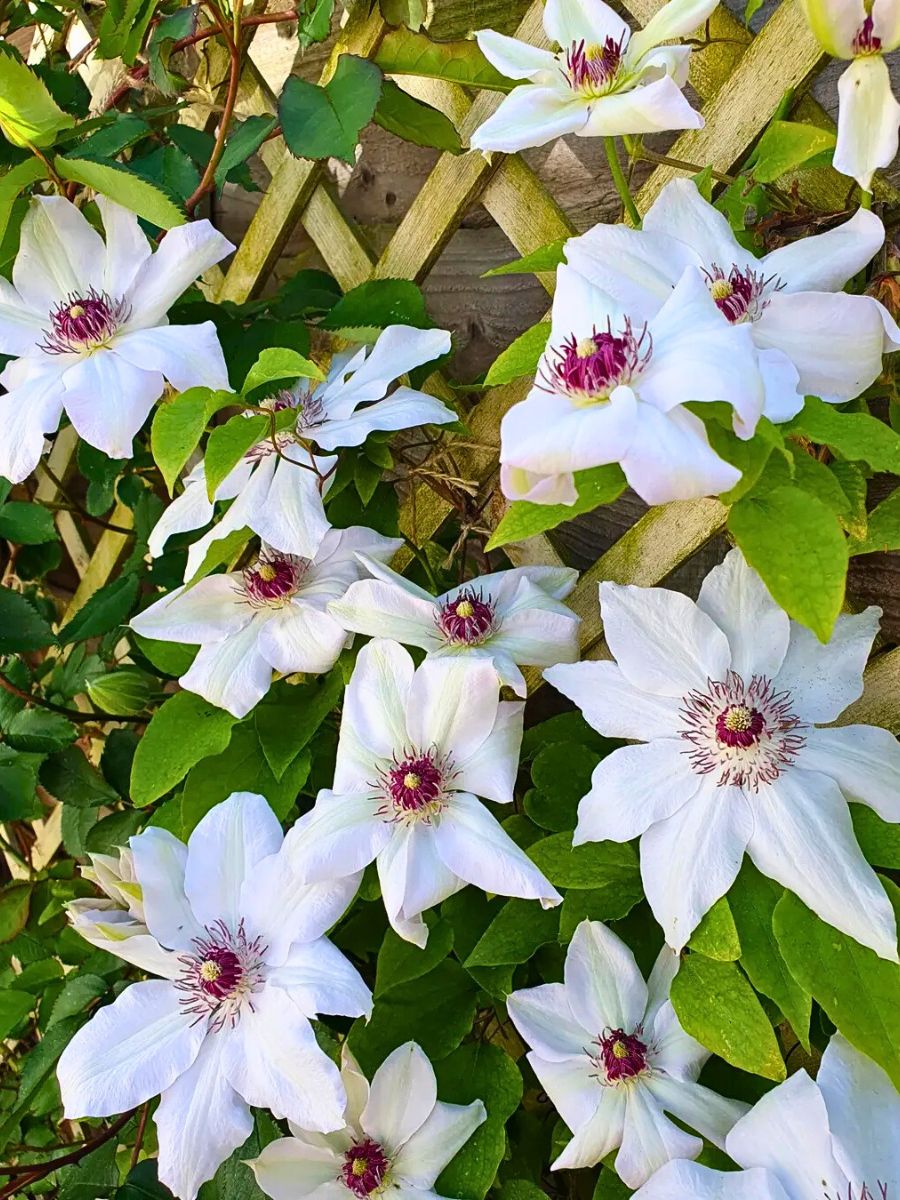
Most clematis varieties perform admirably in full sun to partial shade locations, with evergreen varieties specifically requiring sunny, sheltered positions to thrive. Thus, with proper selection of species and cultivars, and perfect growing and care conditions, one can enjoy these flowers in their gardens nearly year-round.
Clematis Flower Propagation
Understanding Clematis flower propagation techniques allows growers and garden enthusiasts to grow their plants without significant expense. While growing Clematis from seed remains possible, this method often produces plants that differ significantly from the parent, as many hybrids don't breed true and cross-pollination creates unexpected variations. For those keen on preserving the exact characteristics of a favorite Clematis, propagation by cuttings offers the most reliable method.
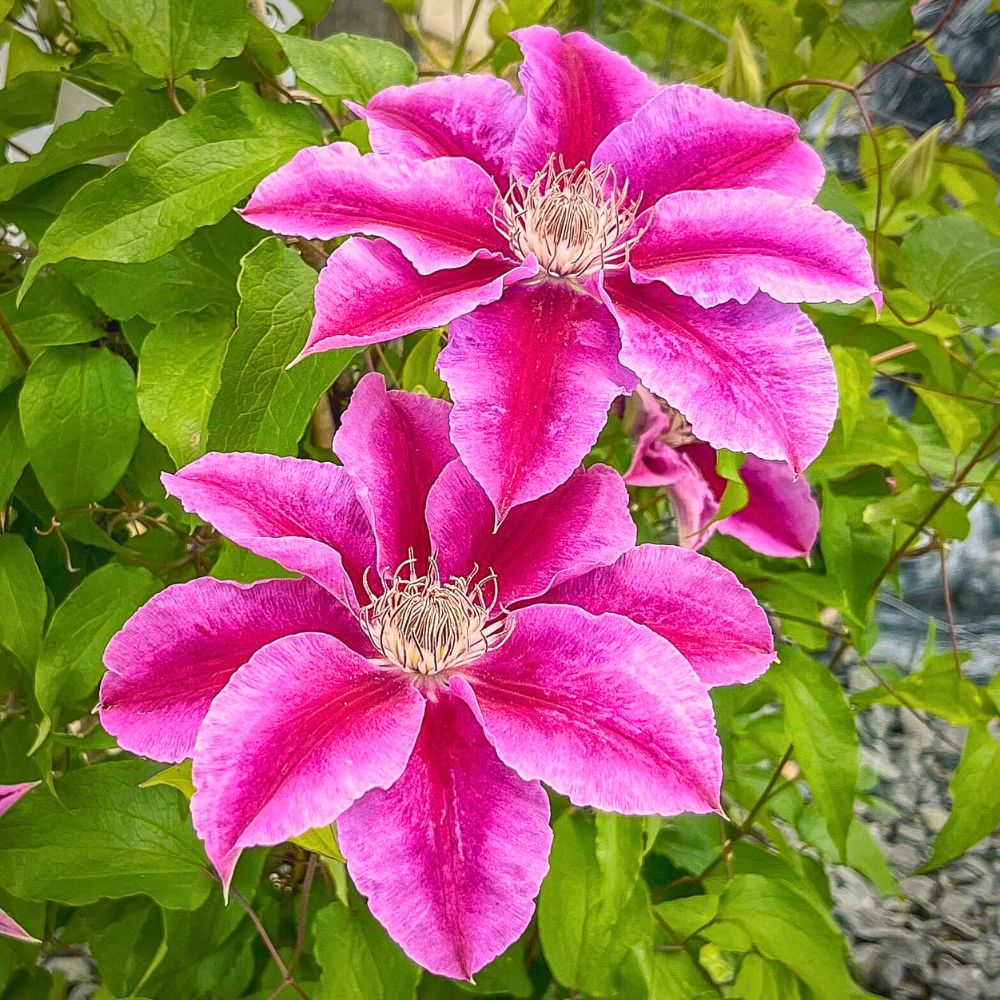
The optimal time for propagating Clematis flowers through cuttings typically falls during spring, particularly April or May. The process begins by selecting appropriate stem sections from the current season's growth that have reached the right balance of maturity: neither too woody nor too soft. Preparing a pot with cutting compost, watering it thoroughly, and adding a fine layer of grit creates the ideal medium for rooting these cuttings.
This propagation method proves remarkably straightforward and accessible even to novices. Carefully following established protocols for taking and nurturing cuttings guarantees that one can create new plants that perfectly match their parents' characteristics.
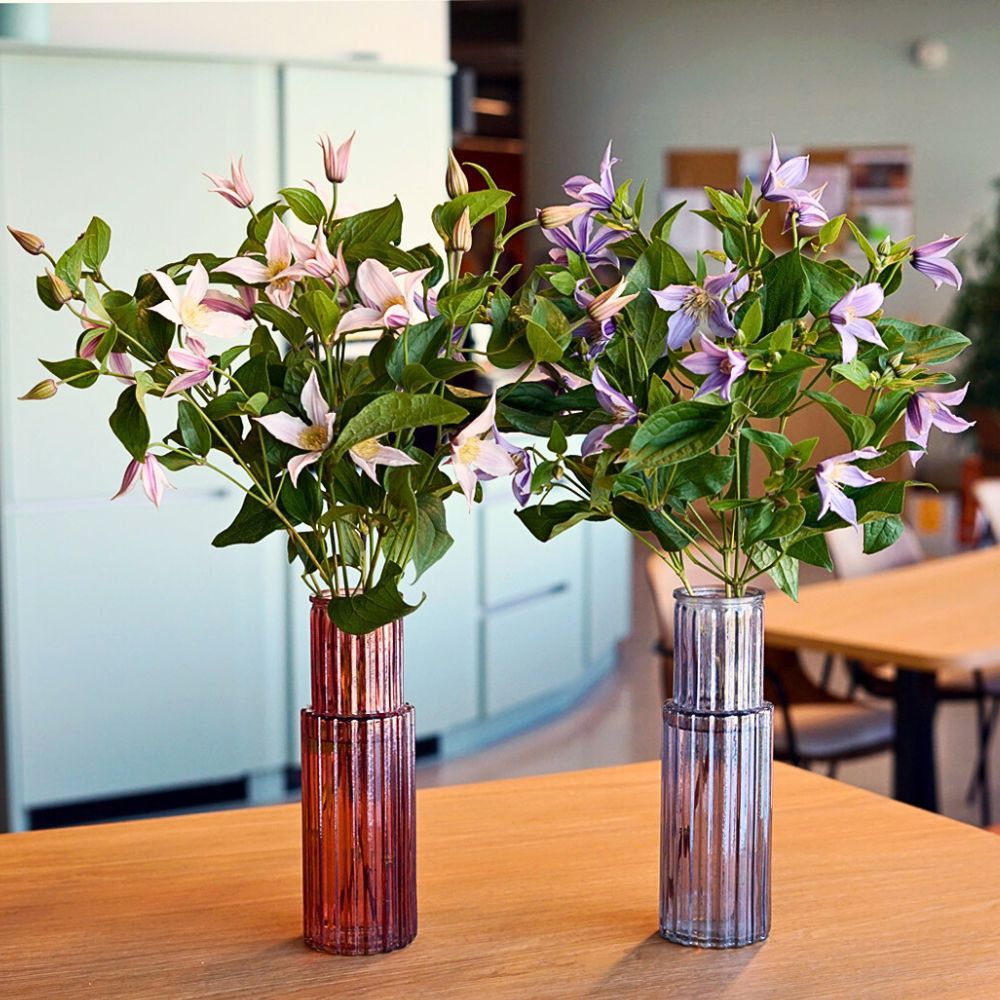
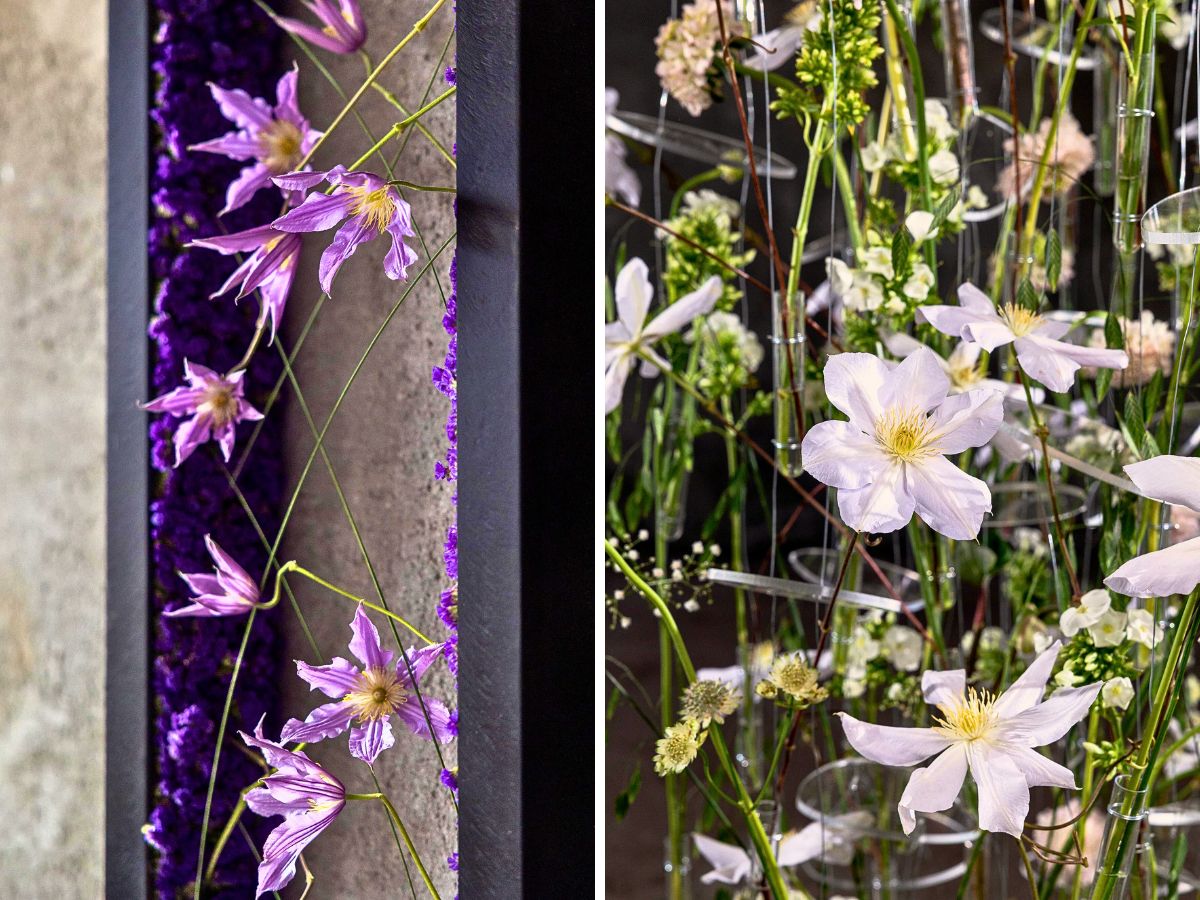
Clematis Flowers in Designs and Arrangements
The extraordinary beauty of Clematis flowers elevates floral compositions from ordinary to extraordinary. They add elegance, sophistication, and depth to professional and homemade arrangements. When incorporated into bouquets, Clematis introduces movement, texture, and architectural interest that few other flowers can match. Their star-shaped flowers create visual focal points while their naturally arching stems contribute graceful, organic lines to arrangements.
Clematis pairs magnificently with traditional favorites like roses in professional floral design, creating arrangements that balance structure with flowing movement. A traditional Clematis and rose bouquet exemplifies this harmonious partnership, where Clematis takes center stage alongside rich red roses and others like Astrantia. This classic combination blends the flower’s symbolism of mental beauty and wisdom with the rose's representation of love and passion, creating arrangements rich in visual appeal and meaningful symbolism.
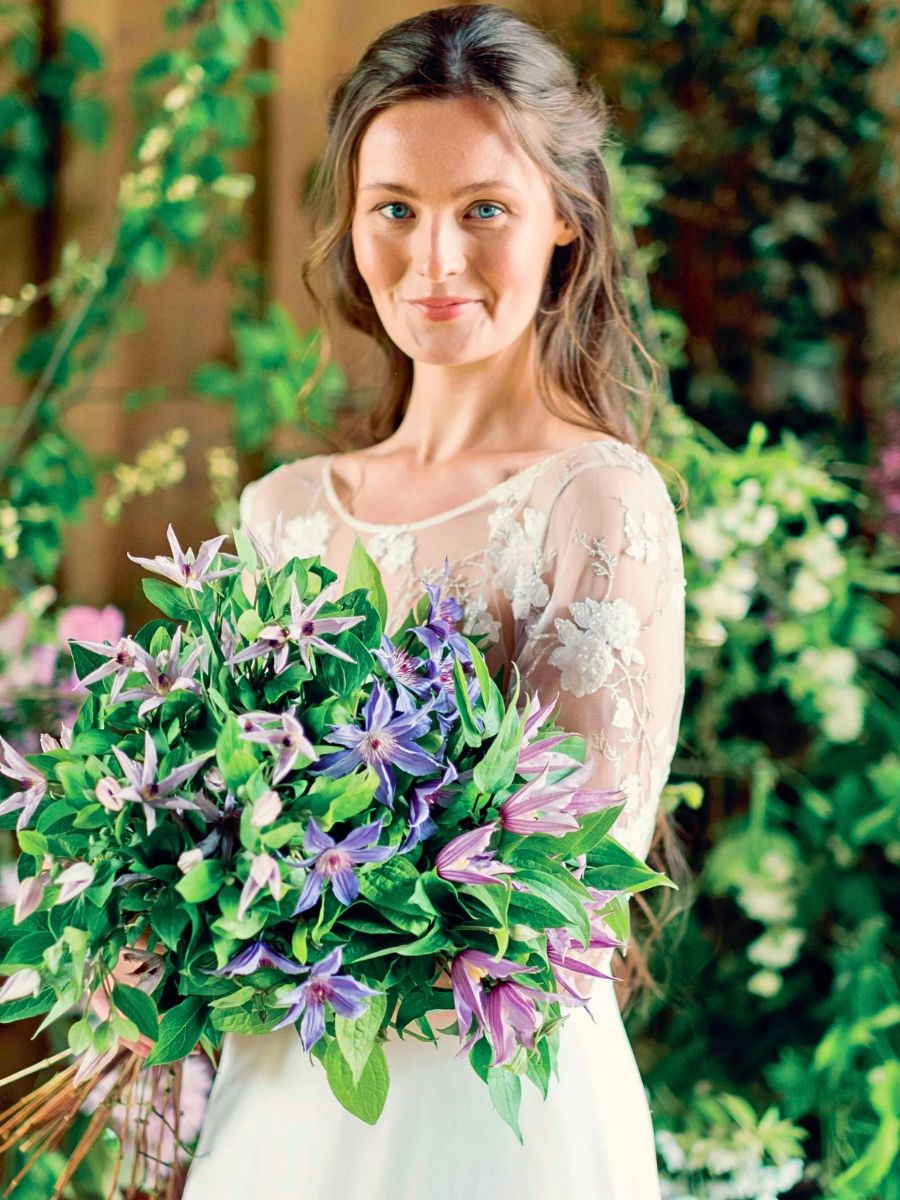
Floral designers also value Clematis flowers for the cascading effect they lend to arrangements, mimicking the plant's natural growing habit. When used in wedding bouquets, for instance, they add romantic movement and ethereal beauty that perfectly complements bridal attire. For special occasions like weddings and anniversaries, Clematis-themed arrangements communicate appreciation for both outer beauty and inner qualities of intelligence and creativity.
Clematis in Home Décor
The versatility of Clematis flowers extends to décor. Here, they bring natural elegance to living spaces. Fresh Clematis flowers could create instant focal points in minimalist vase arrangements, their presence transforming ordinary rooms into exquisite spaces. For sustainable home décor, preserved and dried Clematis could offer lasting beauty without constant replacement. The distinctive seed heads that follow their flowering hold their own decorative charm, introducing interesting textural elements to dried arrangements and wreaths. Here, they bring natural artistry to interior spaces throughout seasons when fresh flowers might be less available.
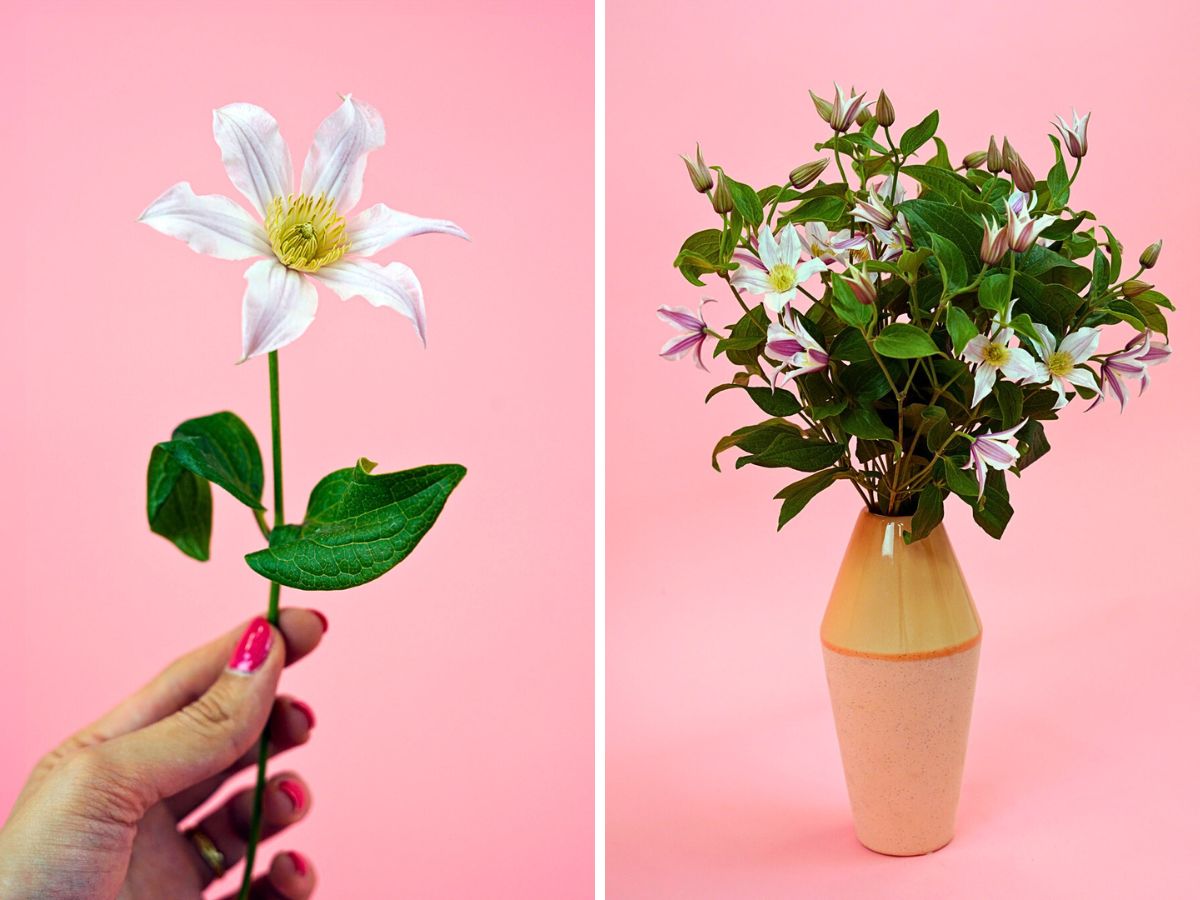
The flower’s climbing nature also inspires architectural elements in home décor; from Clematis-patterned wallpapers and fabrics to decorative trellises that create living walls of Clematis flowers both outdoors and in conservatory spaces. Plus, their symbolic associations with mental beauty and spiritual growth make them particularly appropriate for spaces dedicated to intellect, creativity, or meditation.
Feature image by @clematisamazing, header image by @fleurametz_official.

